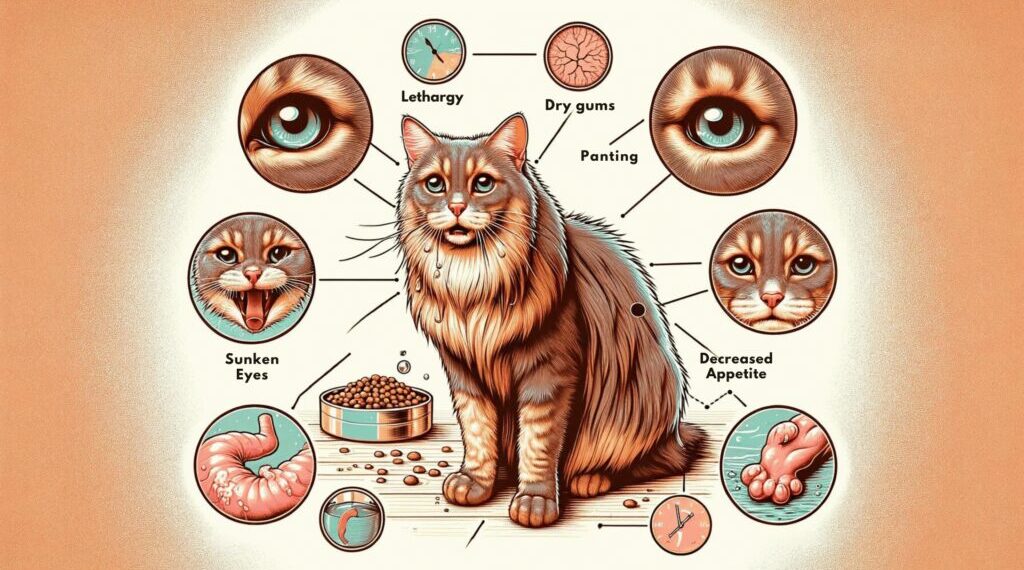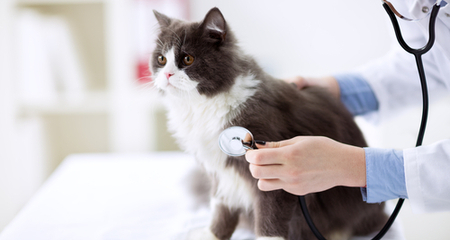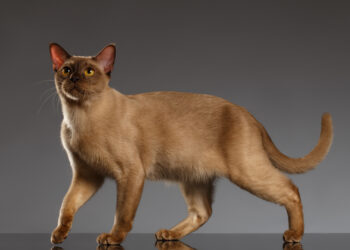When the temperature rises, ensuring proper hydration for your feline friends becomes a crucial aspect of summer cat care. Just like humans, cats are susceptible to the adverse effects of heat, and dehydration can pose serious health risks. This comprehensive guide will provide you with all the necessary information to keep your cat hydrated and healthy during hot weather. From recognizing the signs of dehydration to exploring various hydration methods, we’ve got you covered.
Why Hydration is Crucial for Cats in Hot Weather
The Importance of Water for Cat Health in Heat
Cats have a lower thirst drive than many other animals, which can lead to dehydration, especially in hot weather. Proper hydration is vital for maintaining essential bodily functions, including digestion, circulation, and temperature regulation. Summer cat care focuses on ensuring that your cat gets enough water to stay healthy and active.
Risks of Dehydration
- Kidney Issues: Dehydration can lead to kidney problems, which are particularly common in cats.
- Heat Stroke: Severe dehydration can cause heat stroke, a potentially fatal condition.
- Reduced Appetite: Dehydrated cats often eat less, leading to further health complications.
Recognizing the Signs of Dehydration in Cats
Physical Symptoms
- Lethargy: Dehydrated cats may appear unusually tired or weak.
- Dry Mouth and Gums: Check if their gums are dry and tacky.
- Sunken Eyes: Noticeable indentation around the eyes can be a sign of dehydration.
- Loss of Skin Elasticity: Gently pinch the skin between your cat’s shoulders. If it doesn’t snap back quickly, your cat may be dehydrated.
Behavioral Changes

- Decreased Appetite: A sudden drop in food intake can indicate dehydration.
- Reduced Urination: Fewer trips to the litter box or darker urine can be a warning sign.
- Excessive Panting: Unlike dogs, cats rarely pant. If your cat is panting, it could be trying to cool down due to dehydration.
Effective Hydration Methods
Ensuring Access to Fresh Water
- Multiple Water Sources: Place several water bowls around your home to encourage drinking.
- Clean Bowls Regularly: Cats prefer clean, fresh water. Wash and refill bowls daily.
- Use Cat Fountains: Many cats are attracted to running water. A cat water fountain can entice them to drink more.
Wet Food vs. Dry Food
- Wet Food Benefits: Incorporating wet food into your cat’s diet can significantly increase their water intake. Wet food typically contains 70-80% moisture.
- Dry Food Tips: If your cat prefers dry food, consider mixing it with water or broth to enhance hydration.
Creative Hydration Solutions
- Ice Cubes: Adding ice cubes to water bowls can keep water cool and interesting.
- Hydrating Treats: Offer treats with high water content, like watermelon (in moderation and without seeds) or specially formulated cat hydration treats.
Maintaining Optimal Cat Health in Heat
Creating a Cool Environment
- Cool Spaces: Ensure your home has cool areas where your cat can escape the heat. Fans and air conditioning are excellent options.
- Shade and Ventilation: Provide shaded spots and ensure good air circulation.
- Cooling Mats: Cooling mats or damp towels can offer a refreshing place for your cat to rest.
Adjusting Activity Levels
- Avoid Peak Heat: Limit your cat’s outdoor exposure during the hottest parts of the day.
- Indoor Play: Encourage indoor activities to keep your cat entertained without the risk of overheating.
Monitoring Your Cat’s Health
Regular Vet Check-Ups
- Hydration Assessment: Regular vet visits can help monitor your cat’s hydration status and overall health.
- Blood Work: Routine blood tests can detect early signs of dehydration-related issues, like kidney disease.
Home Health Checks
- Daily Observations: Keep an eye on your cat’s behavior and physical condition. Quick action can prevent serious health problems.
- Track Water Intake: Measure how much water your cat is drinking daily to identify any significant changes.
Preventative Measures for Long-Term Cat Health

Diet and Supplements
- Balanced Diet: Ensure your cat’s diet includes sufficient moisture. High-quality wet food can be a great addition.
- Electrolyte Supplements: In consultation with your vet, consider electrolyte supplements to aid hydration.
Hydration During Travel
- Portable Water Bowls: When traveling, always have a portable water bowl and fresh water for your cat.
- Frequent Breaks: On long trips, take regular breaks to offer water and check for signs of dehydration.
Conclusion
Proper hydration is a cornerstone of summer cat care, ensuring your feline companion stays healthy and comfortable during hot weather. By recognizing the signs of dehydration and implementing effective hydration strategies, you can safeguard your cat’s well-being. Remember, a well-hydrated cat is a happy and healthy cat, ready to enjoy the summer alongside you.
By following these guidelines and making hydration a priority, you’ll be well-equipped to maintain optimal cat health in heat, ensuring your furry friend stays cool, refreshed, and thriving throughout the summer months. Summer cat care is essential for your cat’s overall health and happiness during the hot weather.





















